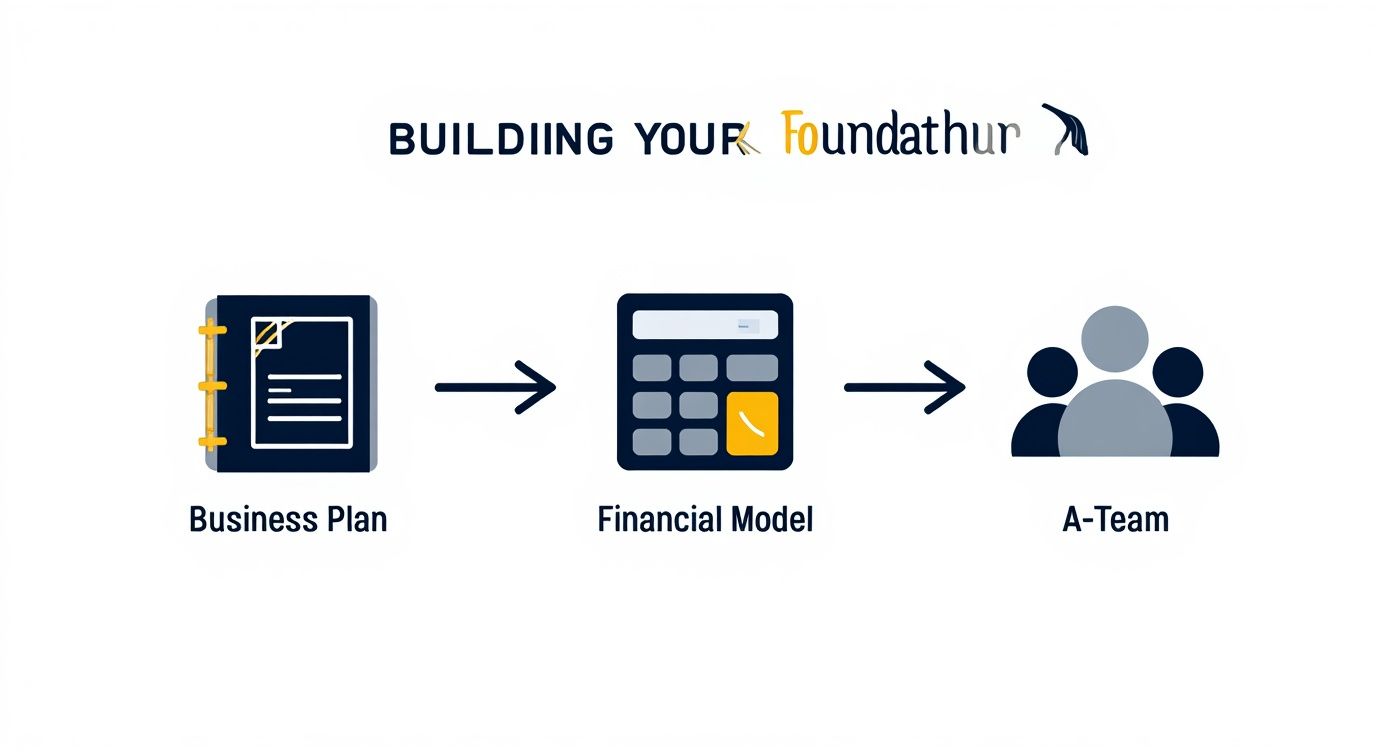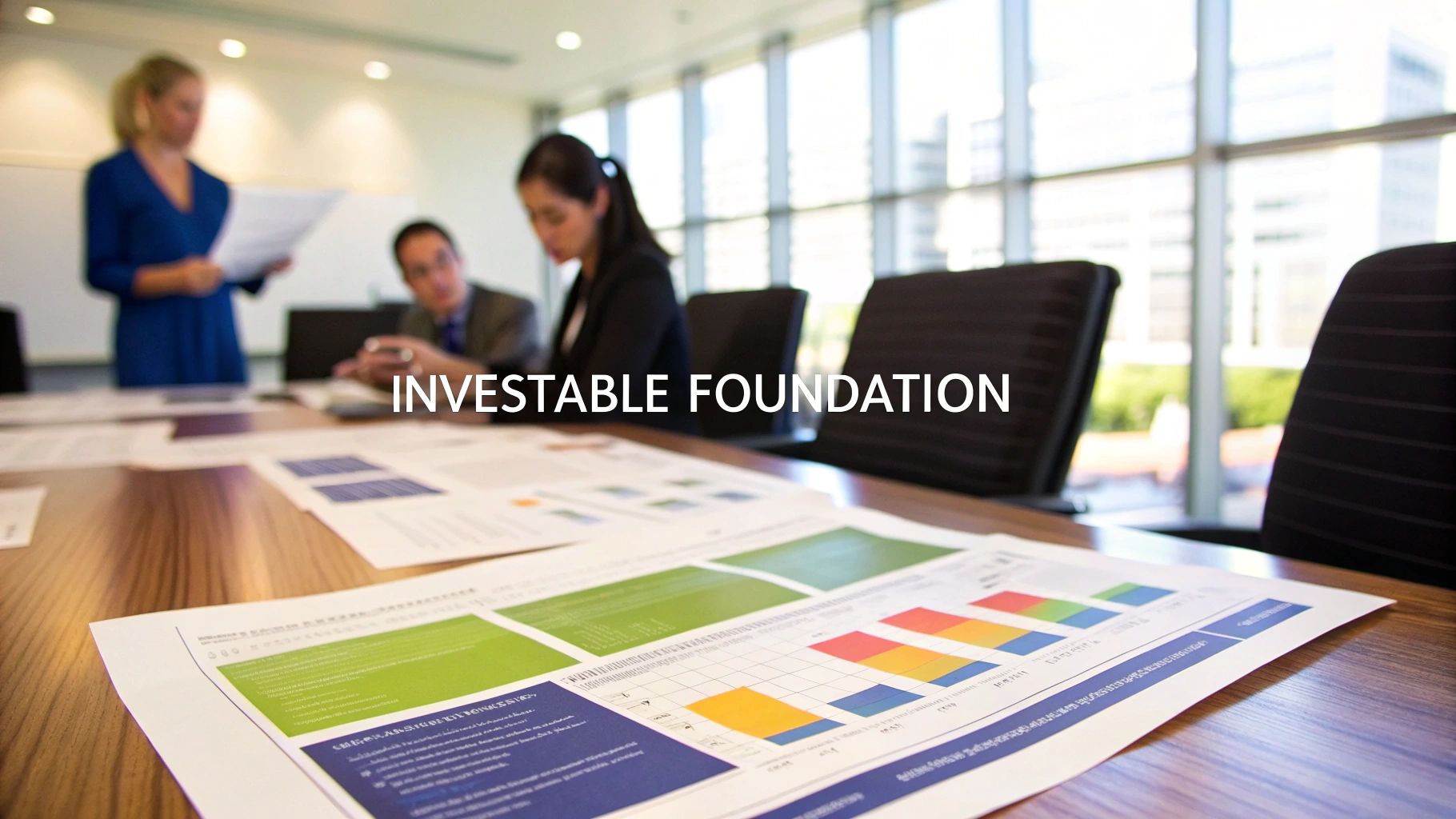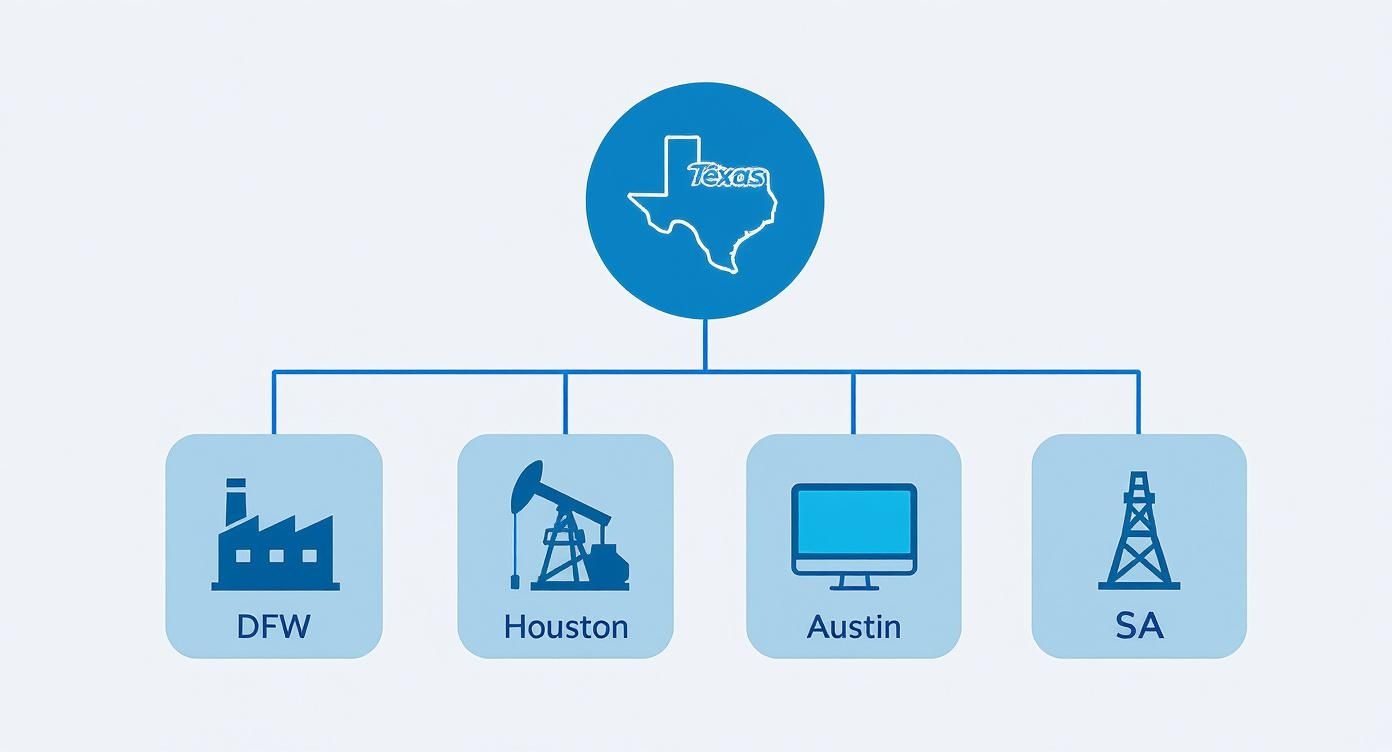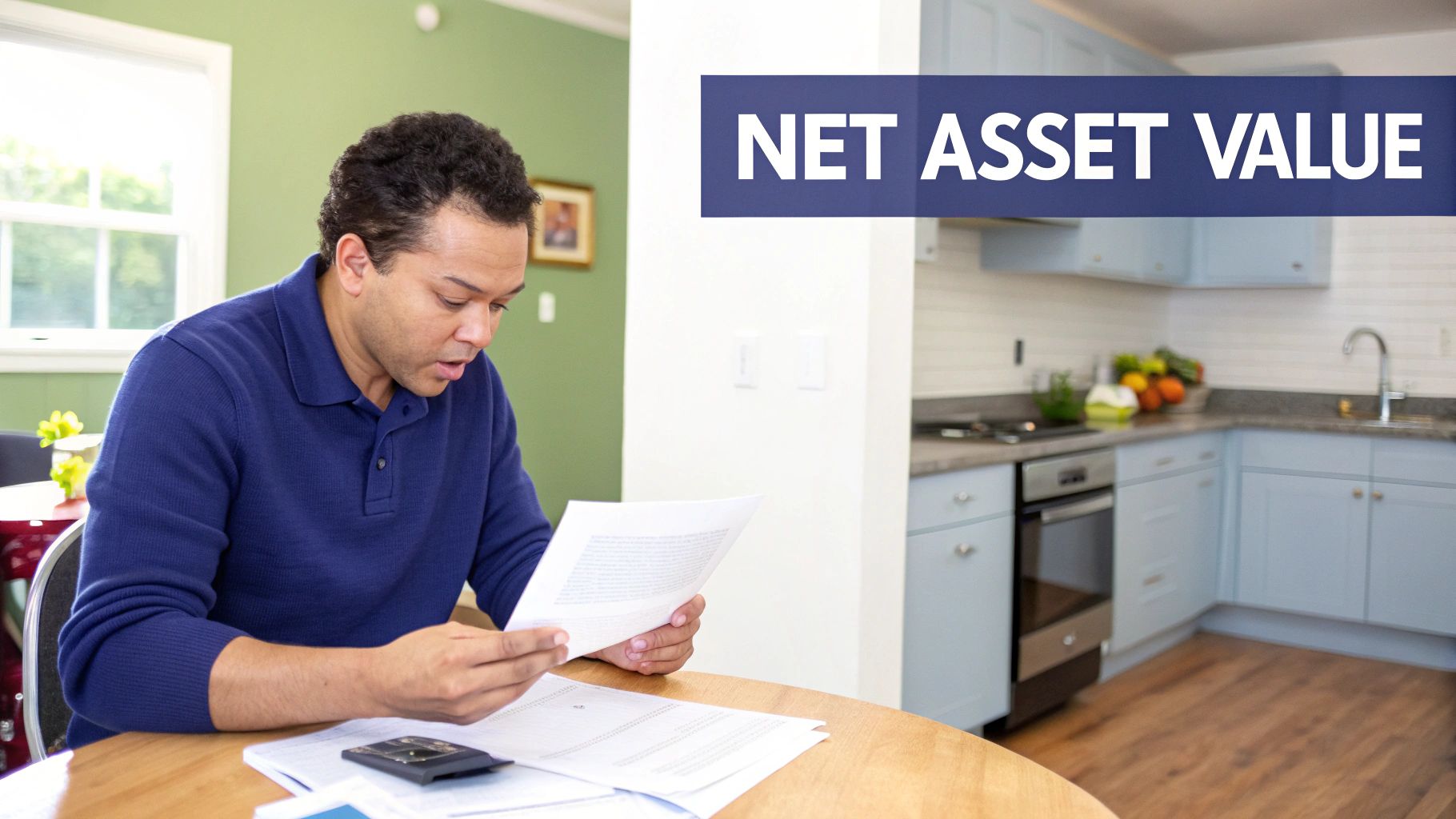- Ryan McDowell

- Nov 5
- 13 min read
Reading Time: 8 min | Good for: A, B
TL;DR: Your Quick Guide
Foundation First: A successful capital raise is won before the first pitch. Build a bulletproof business plan, a dynamic financial model, and assemble an A-team of legal and operational experts to signal institutional quality.
Structure for Alignment: Use a Private Placement Memorandum (PPM) for full disclosure and structure returns with a "pref and promote" waterfall. This aligns your success with your investors', as you only earn significant profit after they achieve their target returns.
Relationships Over Transactions: Raising capital is about building a pipeline of the right investors—from novice professionals to sophisticated family offices. Focus on targeted outreach and consistent communication to build trust.
Compliance is Non-Negotiable: If you publicly solicit investors under SEC Rule 506(c), you must take reasonable steps to verify every investor is accredited. This isn't optional; it's a legal requirement that protects everyone.
Raising real estate capital isn't just about finding money; it's about building trust through meticulous preparation and a disciplined process. The most successful raises are often won long before the first investor deck is opened. They’re built on a compelling story, bulletproof financials, and an expert team ready to execute. This groundwork signals institutional quality and gives sophisticated investors the confidence they need to commit.
Build Your Foundation Before Asking for Capital
Before you schedule a single meeting, the success of your capital raise hinges on the strength of your prep work. This is where an idea transforms into an institutional-grade, investable project. It’s all about building undeniable credibility before ever making an ask.
The first pillar is a bulletproof business plan that tells a compelling and urgent story. You must clearly define the "why now" for your deal, explaining the market opportunity with precision. Articulating your specific strategy—whether it's value-add multifamily in a growing Sunbelt market or opportunistic data center development—is non-negotiable. This plan must also highlight your unique edge. What insight do you have that others don't? What specific experience gives you the ability to execute this plan better than anyone else?
Developing Meticulous Financial Models
Your story is only as strong as the numbers that back it up. A sophisticated financial model is the second pillar of your foundation. This goes far beyond a simple pro forma; it’s a dynamic tool that stress-tests every critical assumption.
Investors will scrutinize your projections for things like:
Rent Growth: Are your assumptions conservative and supported by credible market data from sources like CoStar or CBRE?
Operating Expenses: Have you realistically budgeted for everything from property taxes to unexpected maintenance?
Exit Capitalization Rate: What is your projected exit cap rate, and how does it compare to historical and current market rates for similar assets?
Leverage: Is the proposed debt structure appropriate for the risk profile of the deal?
Insight Edge: A well-built financial model demonstrates foresight. By running downside scenarios—a recession, a slow lease-up, rising interest rates—you prove to investors that you have considered the risks and have a plan to mitigate them. It shows you're not just selling the upside; you're prepared for reality.
The infographic below visualizes the core steps for building this pre-raise foundation.

This process flow underscores that a strong business plan, rigorous financial modeling, and a capable team aren't just separate items on a checklist—they are sequential and interdependent pillars of a successful capital raise.
Assembling Your A-Team
The final pillar is your team. Capital follows talent and experience. Assembling your A-team of legal counsel, accounting professionals, and property management partners before you raise capital is a powerful signal to investors. It shows you have the infrastructure to execute flawlessly from day one. An experienced securities attorney ensures your offering is structured correctly and complies with all SEC regulations. A real estate-savvy CPA can advise on tax-efficient structuring. And a best-in-class property manager demonstrates you have the operational expertise to maximize the asset's potential. This team is part of your value proposition.
Market Why-NowAs of late 2024, global real estate deal value rose by 11% to $707 billion, the first increase in three years (Source: JLL). This rebound, driven by stabilizing interest rates and supply constraints in key sectors, creates opportunity but also heightens competition for capital. An institutional-grade presentation is more important than ever to stand out.
A solid foundation is also the first step in learning how to evaluate investment opportunities, a framework essential for any real asset investor.
Structuring a Compelling and Compliant Investment
Once your foundational plan is locked down, the challenge begins: packaging it into an offering that’s both compelling to investors and legally airtight. This isn’t just about shuffling papers. It’s about translating your vision into a structure that aligns everyone's interests and builds a foundation of trust. This is where you create the core documents that serve as the legal and operational backbone of your deal.

Crafting the Core Offering Documents
The cornerstone of any private real estate offering is the Private Placement Memorandum (PPM). This is your master disclosure document. An institutional-quality PPM doesn’t just sell the deal; it transparently lays out every conceivable risk, from a market downturn to construction delays.
Alongside the PPM, you'll prepare two other critical pieces:
Subscription Agreement: The investor's formal application to join the deal, where they confirm their accredited investor status and commit capital.
Operating Agreement: This document governs the Limited Liability Company (LLC) for the project, detailing voting rights, distribution schedules, and the specific duties of the General Partner.
Nailing these documents is non-negotiable for compliance. This is complex legal territory, so working with experienced securities counsel is essential. For a closer look, see our guide to Regulation D private placements, which breaks down the framework.
Designing the Capital Stack and Investor Returns
The heart of your investment structure is how you arrange the capital and decide how profits get divvied up. This is known as the capital stack and the distribution waterfall. A well-thought-out structure is a powerful tool for attracting sophisticated partners.
Novice Lens: What is a "Waterfall"?Think of a waterfall as a series of buckets. The first profits fill the first bucket (returning investor capital). Once full, it spills over to fill the next bucket (paying investors a preferred return), and so on. The sponsor (you) typically gets paid from the last buckets, ensuring investors are prioritized.
A classic structure that keeps everyone aligned is the "pref and promote" model:
Return of Capital: All invested capital is returned to the Limited Partners (LPs).
Preferred Return: LPs receive a preferred return—often 6-8% annually—on their investment. This is a priority payment that ensures investors get paid before the sponsor sees a dime of profit.
GP Catch-Up: The General Partner (GP) might have a "catch-up" provision to get their share.
Carried Interest (Promote): Remaining profits are split. This is where the GP earns a disproportionate share known as carried interest or the "promote." A common split is 80/20, with 80% going to the LPs and 20% to the GP.
This waterfall structure is incredibly effective because it incentivizes the sponsor to outperform the preferred return benchmark. Your biggest payday only arrives after your investors have achieved their baseline returns.
Aligning Fees with Investor Success
Finally, let's talk fees. Your fee structure must be completely transparent and defensible. While fees compensate you for your expertise, they should never unfairly eat into investor returns.
Common fees include:
Acquisition Fee: A one-time fee for finding and closing the deal, typically 1-2% of the purchase price.
Asset Management Fee: An ongoing annual fee for managing the investment, often 1-1.5% of invested equity.
Disposition Fee: A fee paid when the property is sold, rewarding a successful exit.
The key is balance. Your fees should reflect the deal's complexity, but the waterfall should always be the primary driver of your compensation. This alignment sends a powerful message: you win when your investors win.
Finding and Engaging the Right Capital Partners
Raising capital isn't a numbers game; it's a relationship business. A perfectly structured deal means nothing without the right long-term partners. Real success comes from a disciplined, targeted approach—building a pipeline of qualified investors who are a genuine fit for your strategy. This is about understanding what makes different investors tick and building authentic, lasting relationships.

Identifying Your Ideal Investor Profile
Before finding your partners, you must know who you're looking for. Not all capital is created equal. An investor who loves stable, low-yield core assets is a terrible fit for your opportunistic development project, and vice-versa. You must segment your potential capital sources.
Think in terms of personas:
Persona A – The Novice Professional: A doctor, lawyer, or tech executive. They're accredited but new to passive real estate. They value education, transparency, and a sponsor who will patiently walk them through the details.
Persona B – The Family Office / UHNWI: This group is time-poor and capital-rich. You'll likely deal with a CIO or wealth advisor. They expect institutional-quality reporting, a proven track record, and a clear alignment of interests.
Persona C – The Co-GP / Sophisticated Investor: Seasoned real estate pros who might invest alongside you. They will dig deep into your underwriting, challenge your assumptions, and may want preferential terms.
Nailing these personas dictates your entire outreach strategy—shaping the language in your emails, the detail you share on a first call, and how you frame the opportunity.
Building Your Investor Pipeline
Once you know who you're looking for, build a multi-channel strategy to find them. Relying on a single source is a recipe for a slow, painful capital raise. Diversify your efforts to build momentum.
This guide on how to find investors is a great resource for moving beyond theory and into practical tactics.
To get your pipeline flowing, focus on these channels:
Your Existing Network: Your warm market is where you should always start. Think professional contacts—attorneys, accountants, brokers—and past business partners. A warm introduction is always the most powerful way to connect.
Accredited Investor Platforms: Modern platforms can connect you with verified accredited investors, but don't just post a deal and expect money to roll in. Build a profile that establishes your authority first.
Targeted Digital Outreach: Use platforms like LinkedIn to identify individuals who fit your investor personas. This isn't about spamming people. It's about sharing valuable content—like market insights or case studies—that attracts inbound interest.
The goal is to create a system that consistently brings new, qualified leads into your world. A static list of contacts will quickly go stale. Your pipeline must be a living, breathing part of your business operations.
Nurturing Relationships and Building Trust
Securing a commitment is the result of a relationship, not the start of one. Many sponsors drop the ball here, treating the process as purely transactional. A better approach is to provide consistent, value-add communication. Share quarterly updates and market commentary—even with people who haven't invested yet. You're demonstrating your expertise and keeping your firm top-of-mind.
When you engage directly, be ready for tough questions. An investor who pushes back on your assumptions isn't being difficult; they're doing their job. Welcome the scrutiny. Your ability to confidently defend your underwriting with hard data is one of the fastest ways to build trust.
Getting Your Deal in Front of the Right Investors—The Right Way
Thanks to modern SEC rules like 506(c), you can now publicly advertise your real estate deals to accredited investors. This is a huge shift, opening up new capital sources. But with great power comes great responsibility—and very strict rules. Running a successful marketing campaign is about doing it the right way, building trust, and protecting your business from compliance headaches.
Making a Killer First Impression
Before sending a dense Private Placement Memorandum (PPM), you need to grab an investor's attention with an investment summary, or "teaser." This one-to-two-page highlight reel should be concise and compelling.
It needs to immediately answer three core questions:
What’s the deal? (e.g., A 150-unit, value-add apartment complex in a booming suburb.)
What’s the plan? (e.g., We're investing $1.5M to upgrade units, pushing rents to market over 36 months.)
What’s the payoff? (e.g., Targeting a 1.8x equity multiple and a 16% IRR over a 5-year hold.)
Your teaser is the movie trailer for your investment—it sets the stage and gets people excited without giving away the whole story.
Your Digital Handshake: The Deal Room
Once an investor says, "I'm interested," send them to a centralized, secure online deal room. A messy Dropbox link won't cut it. A proper deal room shows you’re a pro.
Here’s what it lets you do:
Share your PPM, financial models, and due diligence documents in one organized place.
See exactly who has viewed which files and when.
Require investors to sign a non-disclosure agreement (NDA) before they dig into sensitive data.
This level of organization sends a powerful signal to sophisticated investors: you’re buttoned-up, you respect their time, and you take confidentiality seriously.
The Most Important Step: Verifying Your Investors
This is where many sponsors get into trouble. If you’re using Rule 506(c) and generally soliciting, you must take "reasonable steps" to verify that every single investor is accredited. This isn’t a suggestion; it’s a hard-and-fast SEC rule.
Just letting an investor check a box that says "I'm accredited" is not enough. You have to prove it.
Your verification process must include one of these methods:
A Letter from a Pro: Get a written confirmation from the investor's CPA, attorney, or registered investment advisor. This is the cleanest option.
Review the Financials: Directly look at their W-2s, tax returns, or brokerage statements to confirm they meet the income or net worth thresholds.
Use a Verification Service: Hire a third-party service to handle the process.
Yes, it adds a step. But you're not being nosy; you're following the law to protect the deal and everyone involved. It shows you're a serious operator.
This disciplined approach is crucial. In Q2 2025, direct real estate transaction volume hit $179 billion globally—a 14% jump year-over-year (Source: JLL, as of July 2025). A compliant marketing strategy is what allows you to professionally tap into that flow. You can dive into the complete global transaction data to see the full picture.
Managing Investor Due Diligence and Closing Your Round
Getting a verbal commitment is the start of the final lap: the intense due diligence and closing phase where your deal and credibility are put under a microscope. How you handle this stage sets the tone for your entire relationship with your new partners. It's about professionally guiding investors through a meticulous review process and driving the round to a clean, efficient close.
Investor Checklist: Questions to Ask Any Sponsor
As you conduct your diligence, here are key questions you should be asking any real estate sponsor:
Track Record: Can you provide case studies for every prior deal, including those that underperformed?
Sponsor Co-invest: How much of your own capital is in this deal, and on what terms?
Underwriting Assumptions: What are your key assumptions for rent growth, exit cap rate, and operating expenses? Can you show me the third-party data supporting them?
Risk Mitigation: What are the top three risks to this business plan, and how have you structured the deal to mitigate them?
Fee Structure: Can you walk me through every fee, including any fees paid to affiliated companies (e.g., property management)?
Reporting Cadence: What is your communication and reporting plan for LPs during the hold period?
Exit Strategy: What are the primary and secondary exit strategies, and what market conditions are required for each to succeed?
To get a sense of the rigor involved, it can be helpful to look at a comprehensive Venture Capital Due Diligence Checklist. The principles of meticulous examination are universal.
The Mechanics of a Smooth Closing Process
As diligence wraps up, the process shifts from convincing to coordinating. Closing the round is a logistical exercise that demands precision.
First, you’ll manage the flow of subscription documents. Using an electronic signature platform can save weeks. Next, coordinate with your legal team and an escrow agent. Never have investors wire funds directly to your company's bank account. All capital should go to a secure, third-party escrow account. Once your minimum funding target is hit, you can schedule the official closing.
At this point, clear and proactive communication is everything. Give investors a simple closing timeline, crystal-clear wiring instructions, and regular updates. This prevents last-minute confusion.
Finally, you’ll issue the first capital call, which formally draws down the funds from escrow to acquire the property and execute the business plan.
Maintaining Momentum and Driving to a Close
The time between a "yes" and the wire hitting escrow can be nerve-wracking. Maintain a sense of urgency without being pushy. Frame your deadlines around the property's actual closing timeline. A professional and efficient closing doesn't just get you the funding; it proves your competence and kicks off your new partnership on a foundation of trust.
For a deeper dive, check out our guide to Private Placement Memorandums for real estate investors.
Frequently Asked Questions About Raising Capital
How Much Should I Raise from My Own Network Versus New Investors?
Your first few deals will likely be funded mostly by your "friends and family" and close professional contacts. This is warm capital from people who already trust you. However, to grow, you must expand your investor base. A great target for an emerging sponsor is a 70/30 split—70% from your existing network and 30% from new investors. Hitting that mix proves you can attract outside capital, a massive milestone.
What Is the Most Common Mistake New Sponsors Make?
Hands down, the single biggest mistake is underestimating the time, effort, and money required for compliance and legal work. Too many new sponsors treat the legal side as an afterthought. Rushing your Private Placement Memorandum (PPM) or messing up SEC investor verification rules can put the entire deal at risk. Think of your securities attorney as a key partner from day one.
When Should I Start the Capital Raising Process?
Long before you have a deal. You should be "soft circling" potential investors constantly. Raising capital is about building relationships, not just executing transactions. The moment you get a property under contract, the active capital raise must kick off immediately. You typically only have a 30 to 60-day due diligence window, an incredibly tight timeline. Those relationships you’ve been building are what make it possible to hit that deadline.
How Much of My Own Capital Should I Invest in the Deal?
Putting your own money into the deal—"skin in the game"—is the most powerful way to show investors you're all in. There's no magic number, but a co-investment of 5-10% of the total equity needed is a very strong signal. If you need to raise $5 million in equity, putting in $250,000 to $500,000 of your own cash shows your financial interests are tied directly to the project's success. Sophisticated investors and family offices will almost always look for this.
Take the Next Step
Well-structured private real estate can be a prudent, resilient component of a long-term wealth strategy. At Stiltsville Capital, we partner with accredited investors and family offices to provide access to institutional-quality commercial real estate opportunities across the development, value-add, and opportunistic spectrum.
If you're ready to explore how passive real estate can fit into your portfolio, we invite you to schedule a confidential call. Discover how our disciplined, data-driven approach can help you achieve your investment goals.
Disclaimer: Information presented is for educational purposes only and does not constitute an offer to sell or a solicitation of an offer to buy securities. Any offering is made only through definitive offering documents (e.g., private placement memorandum, subscription agreement) and is available solely to investors who meet applicable suitability standards, including “Accredited Investor” status under Rule 501 of Regulation D. Investments in private real estate involve risk, including loss of capital, illiquidity, and no guarantee of distributions. Past performance is not indicative of future results. Verification of accredited status is required for participation in Rule 506(c) offerings.











